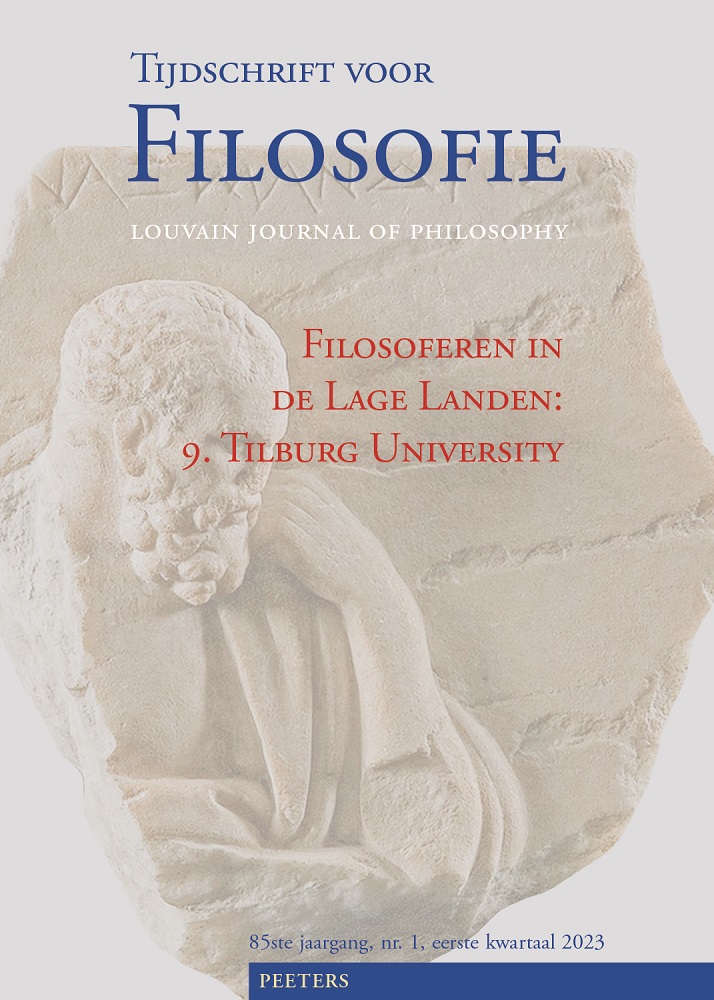 previous article in this issue previous article in this issue | next article in this issue  |

Preview first page |
Document Details : Title: Is hedendaagse kunst het bekijken waard? Subtitle: Arthur Danto over kunst na de Brillo Box Author(s): VELDEMAN, Johan Journal: Tijdschrift voor Filosofie Volume: 72 Issue: 4 Date: 2010 Pages: 777-802 DOI: 10.2143/TVF.72.4.2062400 Abstract : In The Transformation of the Commonplace and After the End of Art, Arthur Danto has developed a complex and nuanced philosophy of art which contains an analysis of the essence of art as well as a philosophy of the history of art. This paper is concentrated on two crucial theses of Danto’s theory. The first is that the distinction between artworks and ‘mere things’ — since both may not be visually indistinguishable from each other — cannot be determined through visual experience and so should be determined through theory. The second thesis says that modernism in painting was concerned with the discovery of the distinction between artworks and mere things, and culminated with the introduction of Andy Warhol’s Brillo Box. The first thesis will be called the ‘indiscernibility thesis’, the second ‘the end of art’. Both theses and their mutual dependency will be analyzed and criticized. It will be argued that Danto’s art philosophy depends on a contestable interpretation of the Brillo Box as well as of contemporary artistic practice in general. Finally, an alternative interpretation of the development of art in the 1960s will be proposed, which elucidates why both theses of Danto should be called into question. |
|


